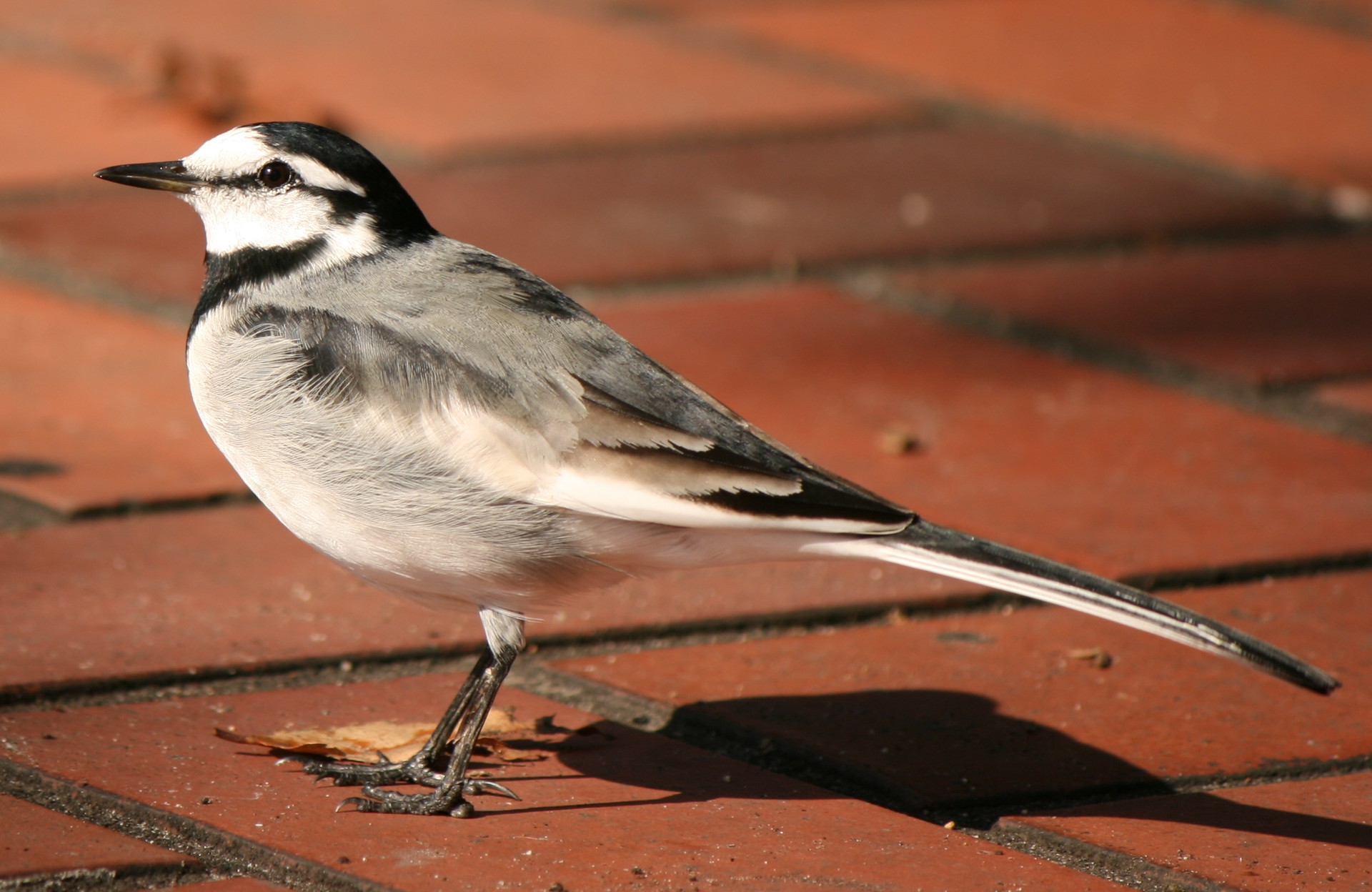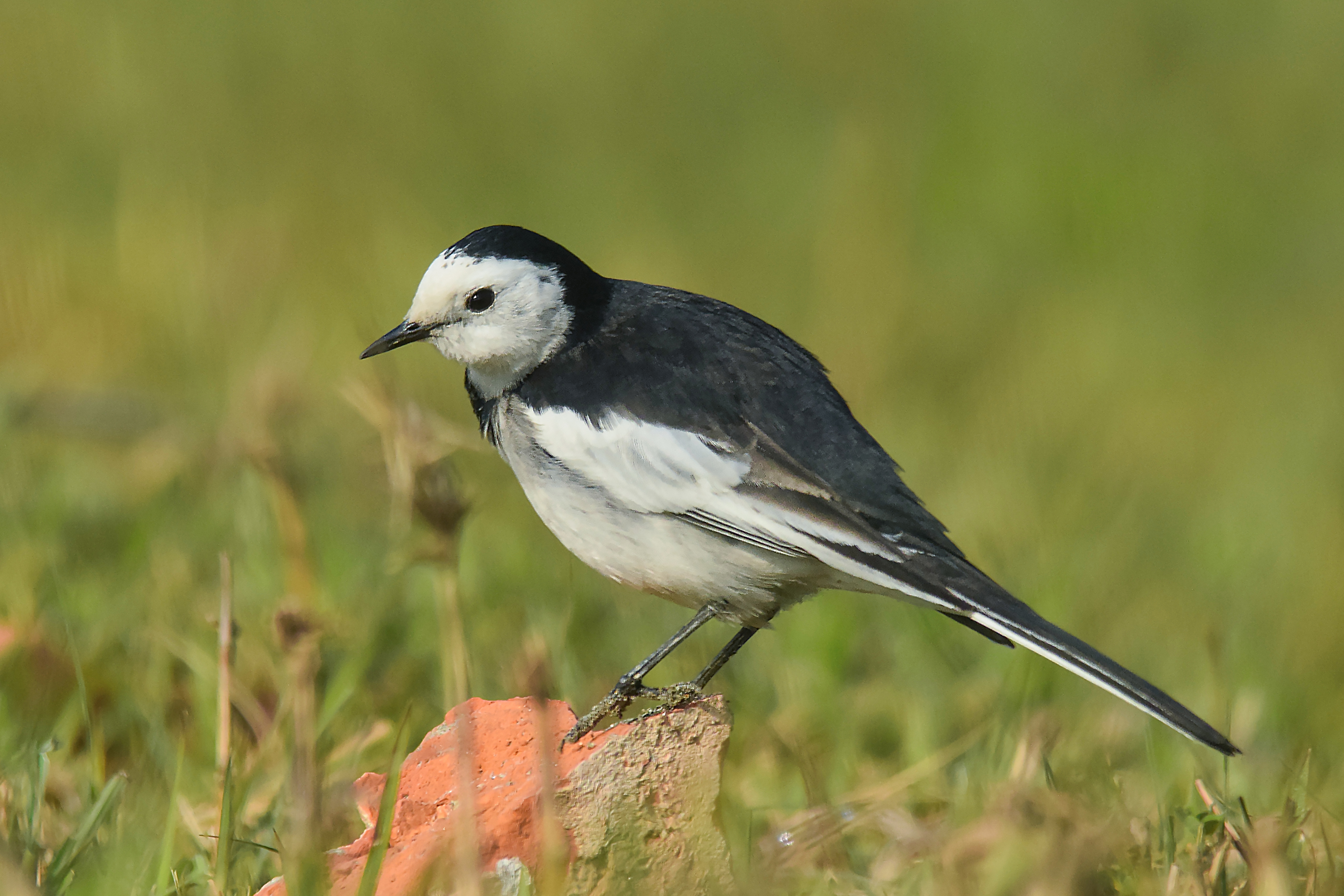|
Ainu Creation Myth
The Ainu creation myths are the traditional creation accounts of the Ainu peoples of Japan. Their stories share common characteristics with Japanese creation myths and earth diver creation stories commonly found in Central Asian and Native American cultures. Ainu mythology divides time into three tenses: "Mosir sikah ohta" ("when the universe was born"), "mosir noskekehe" ("centre of the world"), and "mosir kes" ("end of the world", about which there are no detailed concepts recorded from Ainu mythology).Norbert Richard Adami: ''Religion und Schaminismus der Ainu auf Sachalin (Karafuto)'', Bonn 1989, p. 35. In one version, the creator deity sends down a water wagtail to create habitable land in the watery world below. The little bird fluttered over the waters, splashing water aside, and then he packed patches of the earth firm by stomping them with his feet and beating them with his tail. In this way, islands where the Ainu were later to live were raised to float upon the ocean ... [...More Info...] [...Related Items...] OR: [Wikipedia] [Google] [Baidu] |
Creation Myth
A creation myth (or cosmogonic myth) is a symbolic narrative of how the world began and how people first came to inhabit it., "Creation myths are symbolic stories describing how the universe and its inhabitants came to be. Creation myths develop through oral traditions and therefore typically have multiple versions." While in popular usage the term ''myth'' often refers to false or fanciful stories, members of cultures often ascribe varying degrees of truth to their creation myths. In the society in which it is told, a creation myth is usually regarded as conveying profound truthsmetaphorically, symbolically, historically, or literally. They are commonly, although not always, considered cosmogonical mythsthat is, they describe the ordering of the cosmos from a state of chaos or amorphousness. Creation myths often share several features. They often are considered sacred accounts and can be found in nearly all known religious traditions. They are all stories with a plot and charac ... [...More Info...] [...Related Items...] OR: [Wikipedia] [Google] [Baidu] |
Ainu People
The Ainu are the indigenous people of the lands surrounding the Sea of Okhotsk, including Hokkaido Island, Northeast Honshu Island, Sakhalin Island, the Kuril Islands, the Kamchatka Peninsula and Khabarovsk Krai, before the arrival of the Yamato Japanese and Russians. These regions are referred to as in historical Japanese texts. Official estimates place the total Ainu population of Japan at 25,000. Unofficial estimates place the total population at 200,000 or higher, as the near-total assimilation of the Ainu into Japanese society has resulted in many individuals of Ainu descent having no knowledge of their ancestry. As of 2000, the number of "pure" Ainu was estimated at about 300 people. In 1966, there were about 300 native Ainu speakers; in 2008, however, there were about 100. Names This people's most widely known ethnonym, "Ainu" ( ain, ; ja, アイヌ; russian: Айны) means "human" in the Ainu language, particularly as opposed to , divine beings. Ainu also i ... [...More Info...] [...Related Items...] OR: [Wikipedia] [Google] [Baidu] |
Japanese Creation Myth
Japanese may refer to: * Something from or related to Japan, an island country in East Asia * Japanese language, spoken mainly in Japan * Japanese people, the ethnic group that identifies with Japan through ancestry or culture ** Japanese diaspora, Japanese emigrants and their descendants around the world * Japanese citizens, nationals of Japan under Japanese nationality law ** Foreign-born Japanese, naturalized citizens of Japan * Japanese writing system, consisting of kanji and kana * Japanese cuisine, the food and food culture of Japan See also * List of Japanese people * * Japonica (other) * Japonicum * Japonicus * Japanese studies Japanese studies ( Japanese: ) or Japan studies (sometimes Japanology in Europe), is a sub-field of area studies or East Asian studies involved in social sciences and humanities research on Japan. It incorporates fields such as the study of Japan ... {{disambiguation Language and nationality disambiguation pages ... [...More Info...] [...Related Items...] OR: [Wikipedia] [Google] [Baidu] |
Earth Diver
A creation myth (or cosmogonic myth) is a symbolic narrative of how the world began and how people first came to inhabit it., "Creation myths are symbolic stories describing how the universe and its inhabitants came to be. Creation myths develop through oral traditions and therefore typically have multiple versions." While in popular usage the term ''myth'' often refers to false or fanciful stories, members of cultures often ascribe varying degrees of truth to their creation myths. In the society in which it is told, a creation myth is usually regarded as conveying profound truthsmetaphorically, symbolically, historically, or literally. They are commonly, although not always, considered cosmogonical mythsthat is, they describe the ordering of the cosmos from a state of chaos or amorphousness. Creation myths often share several features. They often are considered sacred accounts and can be found in nearly all known religious traditions. They are all stories with a plot and cha ... [...More Info...] [...Related Items...] OR: [Wikipedia] [Google] [Baidu] |
Creator Deity
A creator deity or creator god (often called the Creator) is a deity responsible for the creation of the Earth, world, and universe in human religion and mythology. In monotheism, the single God is often also the creator. A number of monolatristic traditions separate a secondary creator from a primary transcendent being, identified as a primary creator.(2004) Sacred Books of the Hindus Volume 22 Part 2: Pt. 2, p. 67, R.B. Vidyarnava, Rai Bahadur Srisa Chandra Vidyarnava Monotheism Atenism Initiated by Pharaoh Akhenaten and Queen Nefertiti around 1330 BCE, during the New Kingdom period in ancient Egyptian history. They built an entirely new capital city ( Akhetaten) for themselves and worshippers of their sole creator god on a wilderness. His father used to worship Aten alongside other gods of their polytheistic religion. Aten, for a long time before his father's time, was revered as a god among the many gods and goddesses in Egypt. Atenism faded away after the death of the ph ... [...More Info...] [...Related Items...] OR: [Wikipedia] [Google] [Baidu] |
Wagtail
Wagtails are a group of passerine birds that form the genus ''Motacilla'' in the family Motacillidae. The forest wagtail belongs to the monotypic genus ''Dendronanthus'' which is closely related to ''Motacilla'' and sometimes included therein. The common name and genus names are derived from their characteristic tail pumping behaviour. Together with the pipits and longclaws they form the family Motacillidae. The willie wagtail (''Rhipidura leucophrys'') of Australia is an unrelated bird similar in coloration and shape to the Japanese wagtail. It belongs to the fantails. Taxonomy The genus ''Motacilla'' was introduced by the Swedish naturalist Carl Linnaeus in 1758 in the tenth edition of his ''Systema Naturae''. The type species is the white wagtail. ''Motacilla'' is the Latin name for the pied wagtail; although actually a diminutive of ''motare'', "to move about", from medieval times it led to the misunderstanding of ''cilla'' as "tail". At first glance, the wagtails appea ... [...More Info...] [...Related Items...] OR: [Wikipedia] [Google] [Baidu] |
Island
An island (or isle) is an isolated piece of habitat that is surrounded by a dramatically different habitat, such as water. Very small islands such as emergent land features on atolls can be called islets, skerries, cays or keys. An island in a river or a lake island may be called an eyot or ait, and a small island off the coast may be called a holm. Sedimentary islands in the Ganges delta are called chars. A grouping of geographically or geologically related islands, such as the Philippines, is referred to as an archipelago. There are two main types of islands in the sea: continental and oceanic. There are also artificial islands, which are man-made. Etymology The word ''island'' derives from Middle English ''iland'', from Old English ''igland'' (from ''ig'' or ''ieg'', similarly meaning 'island' when used independently, and -land carrying its contemporary meaning; cf. Dutch ''eiland'' ("island"), German ''Eiland'' ("small island")). However, the spelling of the word ... [...More Info...] [...Related Items...] OR: [Wikipedia] [Google] [Baidu] |
Ocean
The ocean (also the sea or the world ocean) is the body of salt water that covers approximately 70.8% of the surface of Earth and contains 97% of Earth's water. An ocean can also refer to any of the large bodies of water into which the world ocean is conventionally divided."Ocean." ''Merriam-Webster.com Dictionary'', Merriam-Webster, [...More Info...] [...Related Items...] OR: [Wikipedia] [Google] [Baidu] |
Hirsutism
Hirsutism is excessive body hair on parts of the body where hair is normally absent or minimal. The word is from early 17th century: from Latin ''hirsutus'' meaning "hairy". It usually refers to a "male" pattern of hair growth in a female that may be a sign of a more serious medical condition, especially if it develops well after puberty. Cultural stigma against hirsutism can cause much psychological distress and social difficulty. Discrimination based on facial hirsutism often leads to the avoidance of social situations and to symptoms of anxiety and depression. Hirsutism is usually the result of an underlying endocrine imbalance, which may be adrenal, ovarian, or central. It can be caused by increased levels of androgen hormones. The amount and location of the hair is measured by a Ferriman-Gallwey score. It is different from hypertrichosis, which is excessive hair growth anywhere on the body. Treatments may include certain birth control pills, antiandrogens, or insulin ... [...More Info...] [...Related Items...] OR: [Wikipedia] [Google] [Baidu] |
East Asia
East Asia is the eastern region of Asia, which is defined in both geographical and ethno-cultural terms. The modern states of East Asia include China, Japan, Mongolia, North Korea, South Korea, and Taiwan. China, North Korea, South Korea and Taiwan are all unrecognised by at least one other East Asian state due to severe ongoing political tensions in the region, specifically the division of Korea and the political status of Taiwan. Hong Kong and Macau, two small coastal quasi-dependent territories located in the south of China, are officially highly autonomous but are under Chinese sovereignty. Japan, Taiwan, South Korea, Mainland China, Hong Kong, and Macau are among the world's largest and most prosperous economies. East Asia borders Siberia and the Russian Far East to the north, Southeast Asia to the south, South Asia to the southwest, and Central Asia to the west. To the east is the Pacific Ocean and to the southeast is Micronesia (a Pacific Ocean island group, classifi ... [...More Info...] [...Related Items...] OR: [Wikipedia] [Google] [Baidu] |
English People
The English people are an ethnic group and nation native to England, who speak the English language in England, English language, a West Germanic languages, West Germanic language, and share a common history and culture. The English identity is of History of Anglo-Saxon England, Anglo-Saxon origin, when they were known in Old English as the ('race or tribe of the Angles'). Their ethnonym is derived from the Angles, one of the Germanic peoples who migrated to Great Britain around the 5th century AD. The English largely descend from two main historical population groups the West Germanic tribes (the Angles, Saxons, Jutes and Frisians) who settled in southern Britain following the withdrawal of the Ancient Rome, Romans, and the Romano-British culture, partially Romanised Celtic Britons already living there.Martiniano, R., Caffell, A., Holst, M. et al. Genomic signals of migration and continuity in Britain before the Anglo-Saxons. Nat Commun 7, 10326 (2016). https://doi.org/10 ... [...More Info...] [...Related Items...] OR: [Wikipedia] [Google] [Baidu] |








